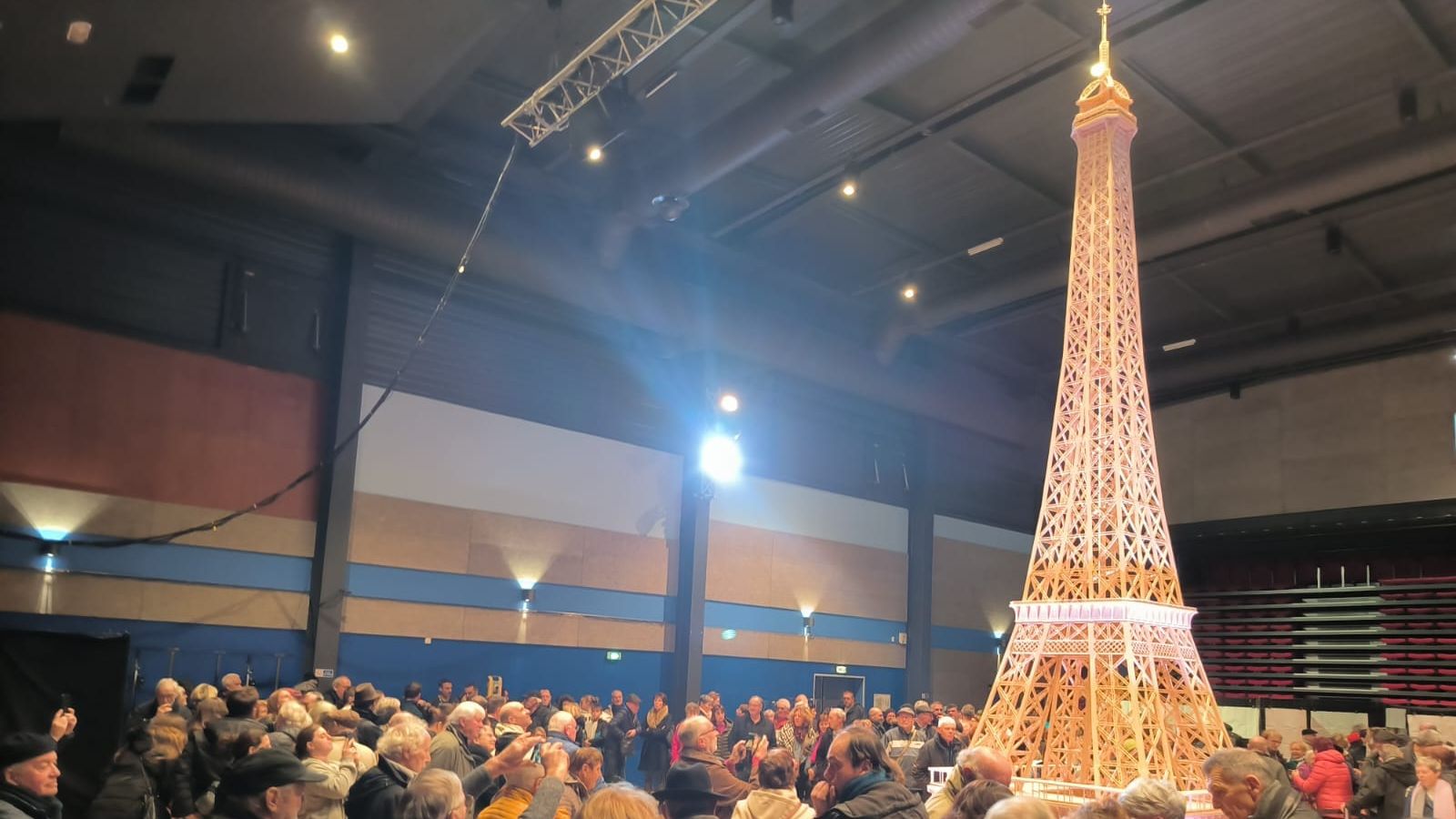Richard Plaud, 47, said he spent eight years and 4,200 hours assembling 706,900 matches to build the world’s tallest structure made of matches, measured at 7.19m (23.6ft).
It would have been enough to beat the record that’s been held by Lebanese model maker Toufic Daher since 2009, who used six million matches to create an Eiffel Tower replica measuring at 6.53m (21.4ft).
But after completing his creation on 27 December, Mr Plaud said he submitted an application to Guinness World Records only for it to be rejected without even being looked at.
In a scathing social media post, Mr Plaud said the decision was a “great disappointment” and relayed the record company’s reasons for rejecting his work.
He said it was because the structure must be built from matches that are available to the public for purchase and don’t have flammable red tips - and they must “not be cut, disassembled or deformed to the point where they are no longer recognised” as matches.
Mr Plaud told French media outlet TFI he started off the tower with matches bought commercially, but became tired of having to cut off their red tips one by one, so ended up contacting the main French manufacturer to have the wooden rods delivered in 15kg boxes.
He says he did not know this would disqualify him from breaking the record.
…
Mr Plaud isn’t sure what he’ll do with the model now, he told TFI. He said his hope was to present it at the Olympics in Paris this summer, but that organisers told him “there was no room high enough to accommodate it”.



Others have covered this better (I think John Oliver did a segment on it?) but Guinness world records are kind of bogus. I had a client who wanted help documenting their record attempt, and I had to make sure I was understanding them, because they were describing something which technically no one had done before, but which in my opinion wasn’t noteworthy or even hard to replicate and beat the record. The main limiting factor was being able and willing to pay Guinness to certify it was a record. And they were doing it more for publicity purposes than an interest in excellence or achievement.
Unironically the HBomberguy video about the Roblox “oof” sound is a damning look at how Guinness works. The man’s last few projects have tangents worthy of a James Burke series.